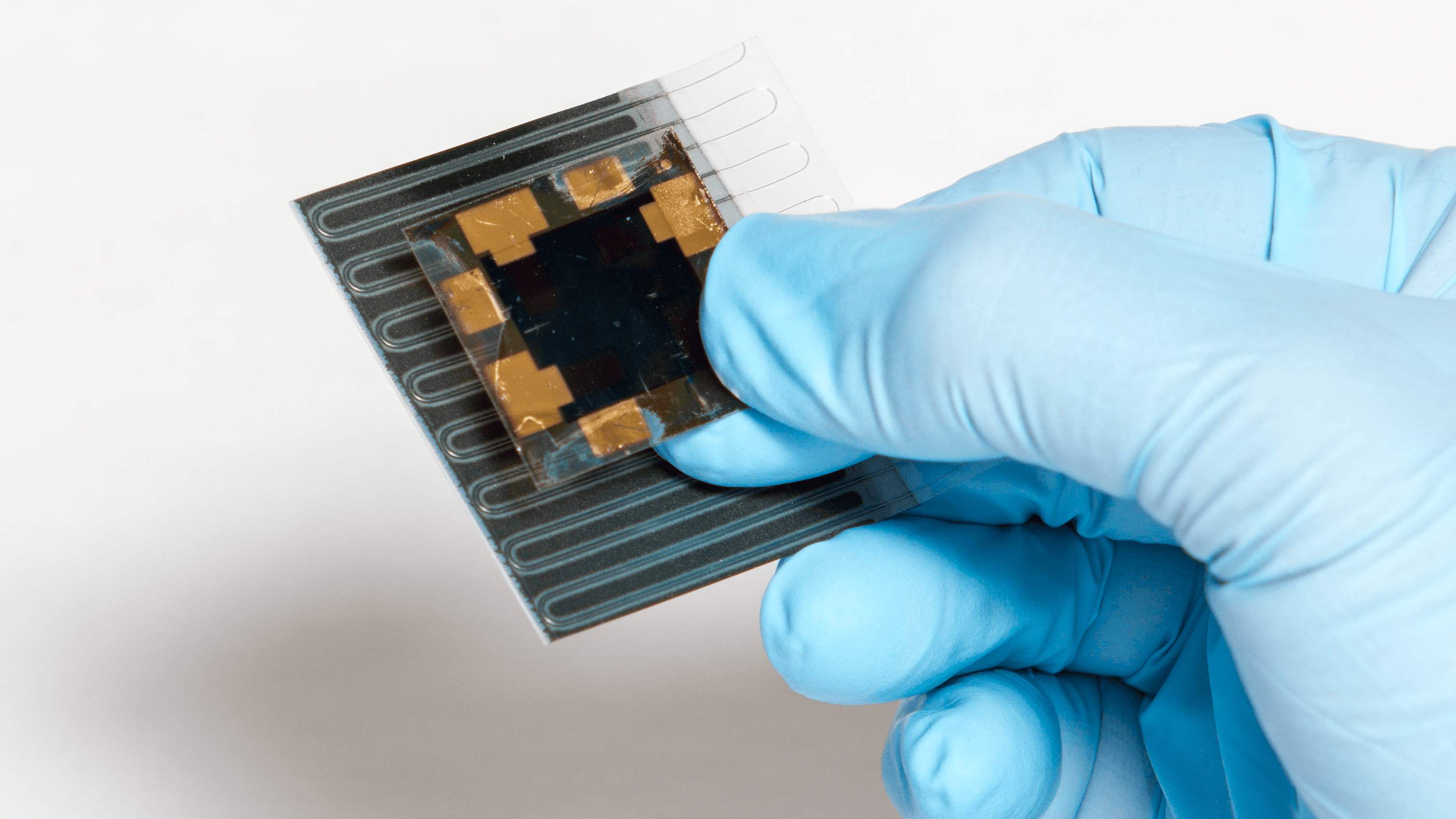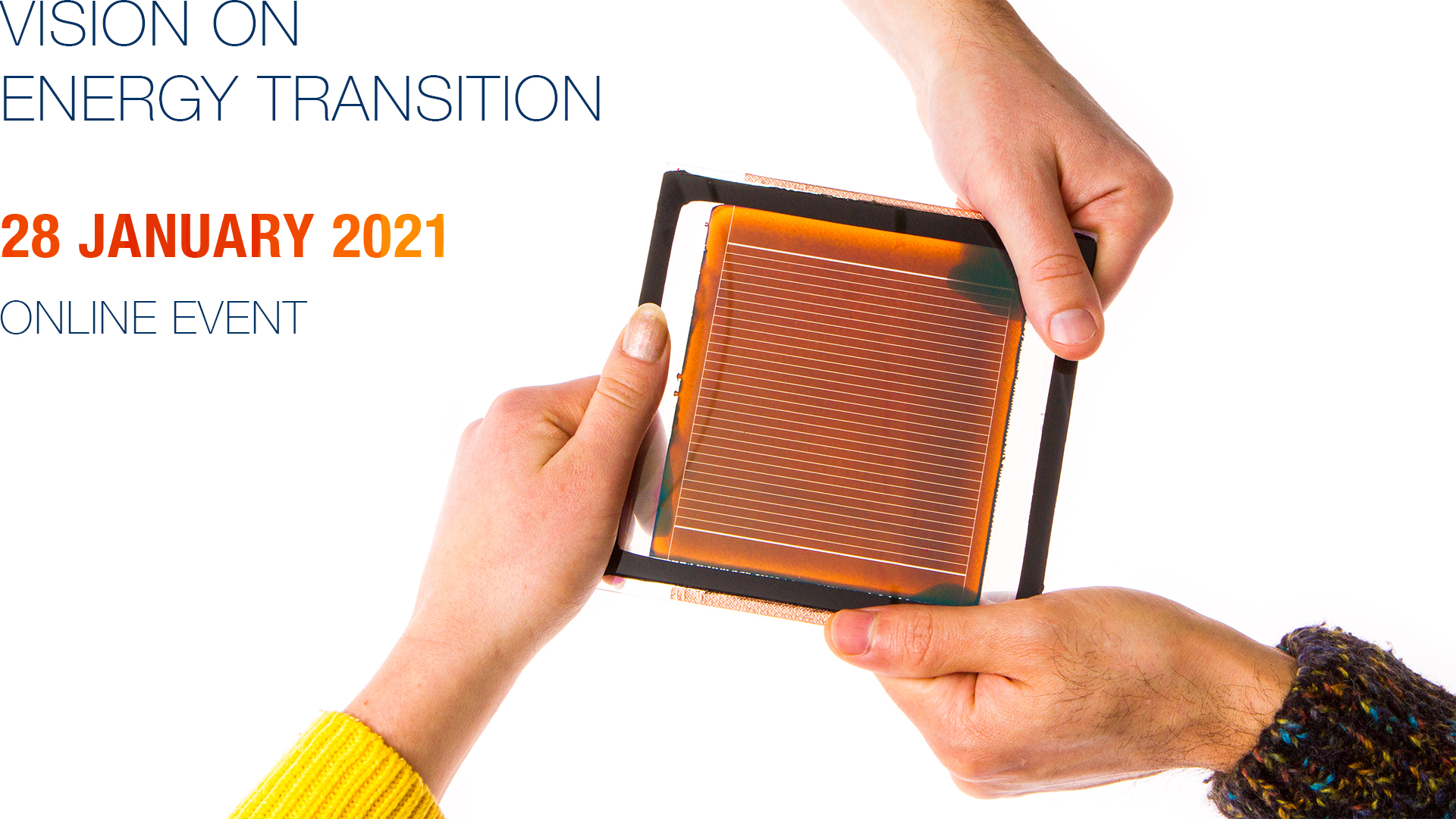19 Mar Innovative ways to determine degradation modes and mechanisms in thin-film solar modules
Understanding material degradation and failure mechanismes of a solar cell is the holy grail for lifetime improvement and application of solar cells in environmentally harsh conditions. Mirjam Theelen (TNO) is researching deceased CIGS solar modules. She developed a method to isolate functioning cells from a full...














